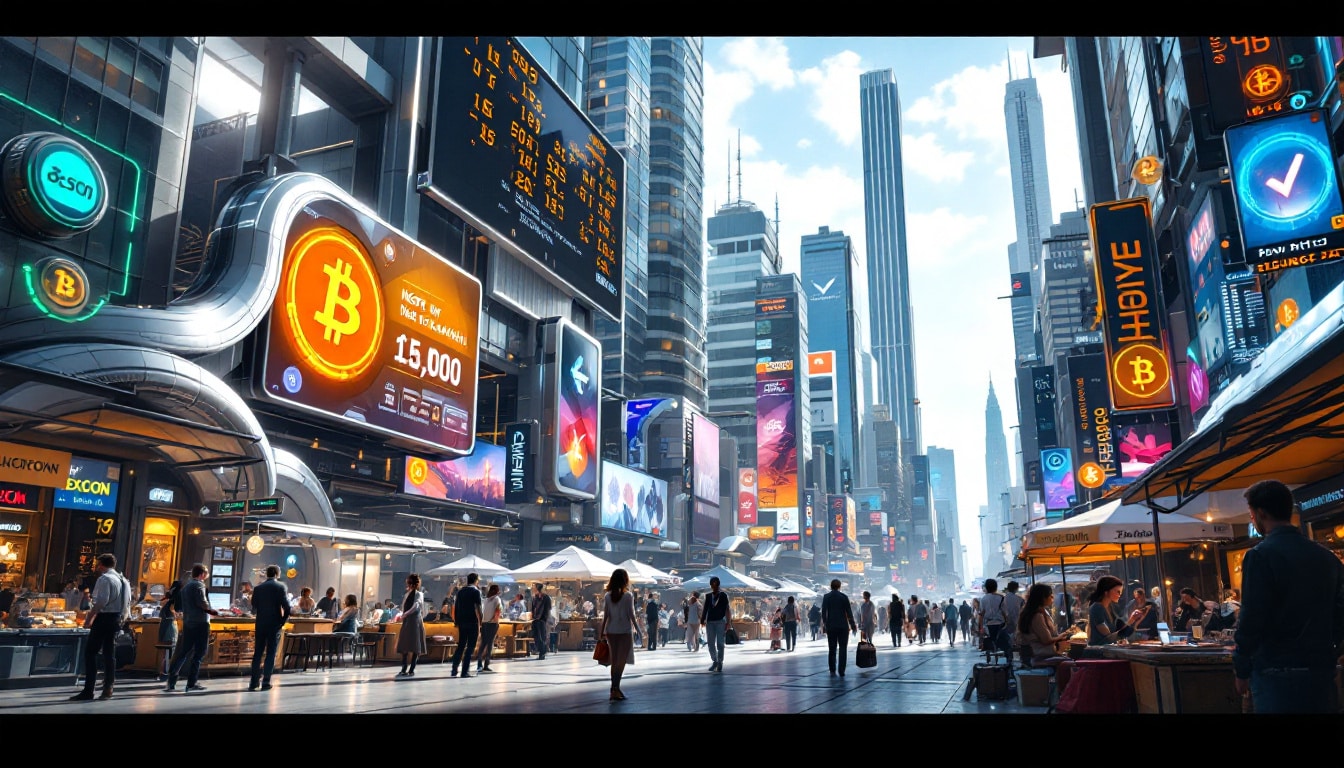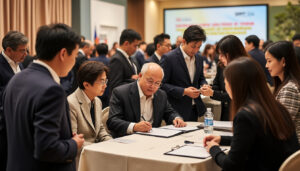Welcome to our innovative platform. Your experience is at the heart of our priorities. That is why we use advanced technologies to optimize your navigation.
We employ cookies and data in order to provide and maintain our Google services. This includes monitoring outages and protecting against spam, fraud, and abuse. We analyze public engagement and site statistics to better understand the use of our services and improve their quality. By choosing “Accept all,” we will also use cookies and data to develop and refine new services. Additionally, we evaluate the effectiveness of advertisements, display personalized content based on your settings, and present ads tailored to your preferences. If you opt for “Reject all,” we will not use cookies for these additional purposes. Non-personalized content depends on what you are currently browsing, your active search behavior, and your location. Non-personalized ads are influenced by what content is viewed and your general location. Our personalized content and ads can provide more relevant results, tailored recommendations, and targeted advertisements based on your past activities in this browser, such as your previous Google searches. We also adjust the experience to make it appropriate for your age group if necessary. Select “More options” to access additional information, including details on managing your privacy settings.
As the silver economy evolves, new markets are emerging to meet the specific needs of this growing population. This phenomenon, primarily observed in China, opens up unprecedented opportunities for innovative businesses. Let’s explore the different aspects of this transformation and the sectors that benefit the most.
What are the key factors driving the evolution of the silver economy?
The silver economy is primarily influenced by several demographic and economic factors. In China, for example, the aging population is accompanied by an increased demand for products and services tailored to seniors. According to The Silver Business, the Chinese government is actively committed to valuing and expanding this economy to stimulate future growth.
Improvements in living conditions and increased life expectancy also contribute to this evolution. Seniors seek to maintain a high quality of life, leading to a heightened demand for health, wellness, and leisure solutions. Moreover, rapid digitalization opens new possibilities to reach this population through tailored technologies.
What are the new markets emerging?
Diverse sectors are emerging to respond to the silver economy. Among the most promising are health technology, specialized leisure services, and adapted housing solutions. For example, The Silver Business highlights the enormous potential of mobile applications dedicated to seniors, facilitating access to care and daily activities.
The senior tourism sector is also experiencing rapid growth. Organized trips, stays in upscale residences, and medicalized excursions are all thriving niches. These offerings are designed to meet the specific expectations of seniors in terms of comfort, safety, and exploration.
How can businesses adapt to this evolution?
To succeed in the silver economy, businesses must adopt a customer-centric approach. This involves a deep understanding of the needs and preferences of seniors. Innovation is essential, whether through the development of ergonomic products or the implementation of personalized services.
The Silver Business mentions that businesses must also invest in training their staff to better serve this clientele. Empathy, patience, and the ability to communicate effectively are key skills for staff working with seniors.
Success Example: Adapted Technology
A notable example is simplified smartphones for seniors. These devices are equipped with features such as larger screens, user-friendly interfaces, and integrated health applications. These innovations directly address the needs of older users, facilitating their adoption and improving their quality of life.
What challenges need to be overcome?
Despite the opportunities, several challenges arise in the development of the silver economy. One of the main obstacles is the digital divide. Many seniors are not comfortable with new technologies, which can limit access to certain innovations. It is crucial to offer intuitive solutions and provide adequate training.
Another challenge is the diversity of needs within the elderly population. Preferences vary based on culture, income level, and geographic location. Businesses must therefore develop flexible strategies and segment their offerings to address this diversity.
What is the impact of government policy?
Government initiatives play a crucial role in the development of the silver economy. In China, favorable policies support businesses investing in this sector. For example, subsidies and tax incentives are offered to encourage innovation and the adaptation of infrastructure to meet the needs of seniors.
Moreover, regulations regarding personal data protection are essential to establish trust among older consumers. Ensuring the confidentiality and security of sensitive information is paramount for the success of businesses in this domain.
How is technology transforming the silver economy?
Technology plays a central role in transforming the silver economy. Innovations such as the Internet of Things (IoT), artificial intelligence (AI), and augmented reality (AR) offer new possibilities to enhance the lives of seniors. For instance, smart homes equipped with sensors can monitor the health and safety of residents in real-time.
According to The Silver Business, AI is used to develop virtual assistants capable of providing emotional and practical support to seniors. These technologies enable greater autonomy and reduce reliance on traditional care.
Use Case: Augmented Reality for Training
Augmented reality is used to train seniors on using new technologies. Immersive applications offer interactive tutorials, making learning more engaging and effective. This facilitates the integration of seniors into the digital society and improves their quality of life.
What are the economic benefits of the silver economy?
The silver economy represents a significant source of economic growth. With an aging population, the demand for specific products and services stimulates job creation and innovation. Businesses that adapt to this market gain a significant competitive advantage.
Furthermore, seniors’ spending has a direct impact on various sectors, such as health, tourism, and technology. By investing in these areas, local economies can thrive and diversify. The Silver Business emphasizes that turning money into gold at the heart of demographic change allows for maximizing economic returns.
How to anticipate future trends?
Anticipating future trends in the silver economy requires constant vigilance and rapid adaptation. Businesses must monitor demographic, technological, and regulatory developments to remain relevant. Data analysis and market research are essential to identify emerging needs.
Moreover, collaboration with academic institutions and research centers can foster innovation. By working together, various stakeholders can develop integrated and sustainable solutions to address the challenges of the silver economy.
Finally, actively listening to older consumers allows for gathering valuable feedback and adjusting the offering accordingly. Creating an open dialogue with seniors strengthens loyalty and ensures a better alignment between products/services and market expectations.
#>










